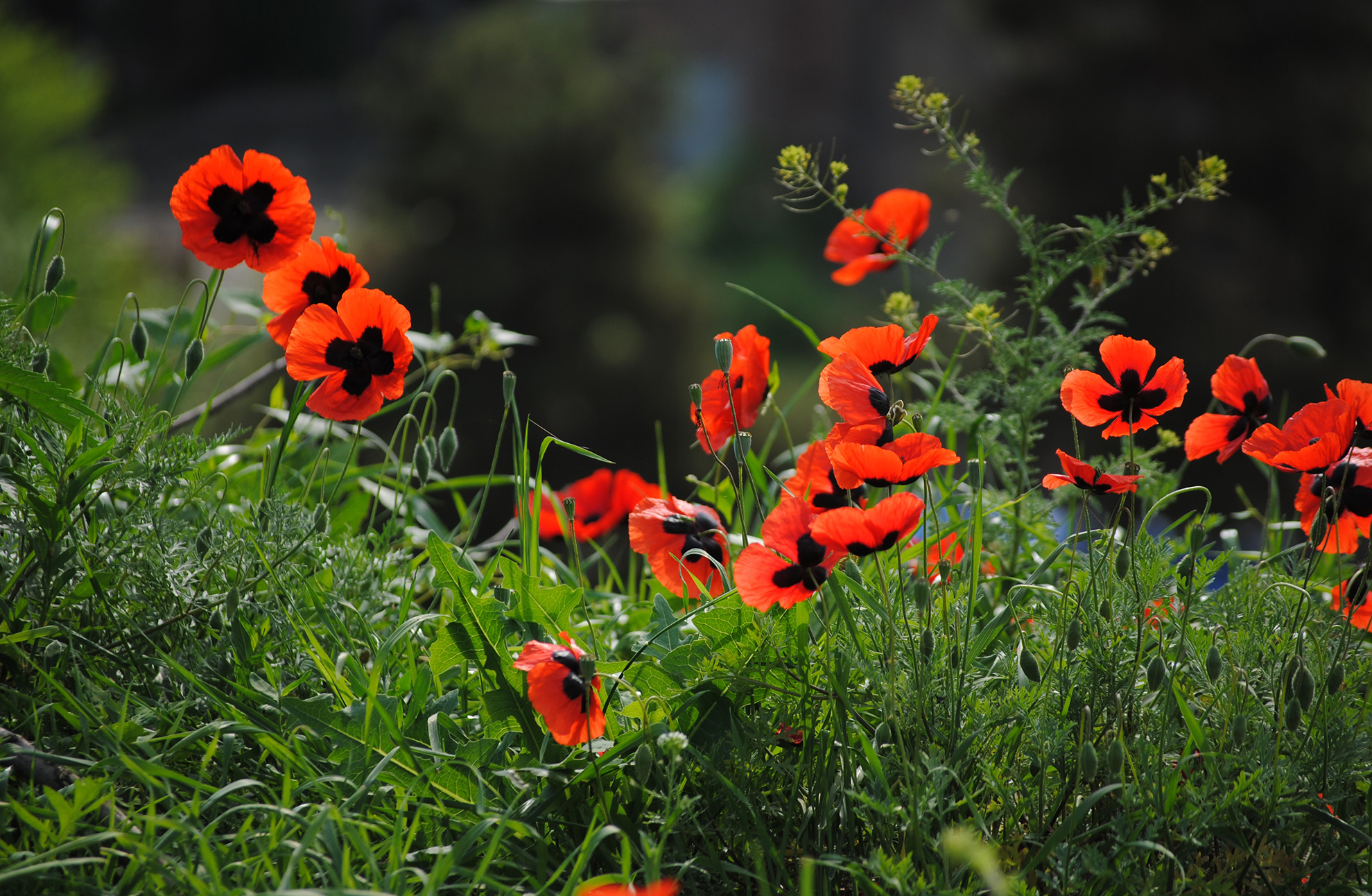With summer’s warm days and sunshine creeping late into autumn, these months prove themselves to be two of the best months for visiting Armenia and going hiking (what else would you want to be doing anyway?). There’s truly no better color palette to serve as the backdrop to Armenia’s greatest sites than hues of gold, reds, and rich oranges. With this in mind and to kick off autumn, we’ve compiled a list of some of the deciduous trees found in Armenia. See how you can find some of the trees that paint the landscapes with warm and vibrant colors this year!
Foliage Full Trails
Armenia’s forests are complete with over 100 tree species, with the dominant category (over 80%) being broadleaf deciduous trees. This means there’s no shortage of autumn colors to discover! Below are eight common leaves of deciduous trees to help you identify exactly which tree they belong to.
Oak (kaghni)

If you find yourself walking over a bunch of acorns, look up, and you’ll see giant oak trees towering over you. Regarded as symbols of wisdom and strength, the Armenian Oak is one of the predominant trees found throughout the country and play a crucial role in protecting the ecosystem found in forests.
Maple (t’khki)

The showstopper of all deciduous trees. Growing up to 15 meters, you can expect to find the leaves of this mighty tree change to picture-worthy colors in autumn. They are easily identifiable by their distinct lobes (parts) of which there are typically five (and less often three).
Beech (hajareni)

Leaves of this tree are identifiable by their oval shape and serrated edges. In autumn, they turn shades of orange, golden brown and yellow. If you see that a tree bark is a silvery gray with spiny oval leaves, chances of you’ve stumbled on a beech tree.
Quince (serkefil)

Autumn brings on yellows, gold and amber reds for leaves from a quince tree. They’re adorned with the versatile quince fruit that are ready to be harvested in October. You’ll find the fruit incorporated into a variety of deserts and in stews to add a nutritional sweetness.
Birch (kechi)

Birch leaves can resemble beech leaves if you don’t know exactly what to look for. A tell-tale sign is found just on the bottom of the leaf - birch leaves are often a bit wider, more triangular and white when flipped over, whereas beech leaves are more narrow and green on both sides.
Rowan (hatseni)

The bundles of beautiful red berries will be easily spotted from a distance if seen at the end of summer. Up close, you’ll see that each leaf of a rowan tree is composed of leaflets - elongated and ovals leaves that are staggered along a thin stem. Each leaf can have a range of five, seven, or nine leaflets and turn incredible shades of orange, red, and yellow.
Hawthorn (aloj)

Loaded with antioxidants, the hawthorn tree produces berries called “aloj” in the later summer and early autumn. To accompany these nutrition dense berries that come in bright red, black and even orange colors, leaves of the hawthorn trees turn shades of yellow and stand out from a distance. Make sure to fill your pockets with these tasty treats when you find them hiking!
Apricot (tsiran)

See for yourself in the summer months and let us know if it isn’t THE juiciest, sweetest, and incomparably the tastiest apricot you’ve ever had. Regarded as the national fruit of Armenia, the apricot holds great historical and cultural significance. Not only is it a staple in Armenian cuisine, its wood is used to make the duduk - a woodwind instrument known for its unparalleled ability to paint stories of Armenia through sound.
Take advantage of all the hiking trails that HIKEArmenia has to offer and enjoy the beautiful colors of autumn in person!





